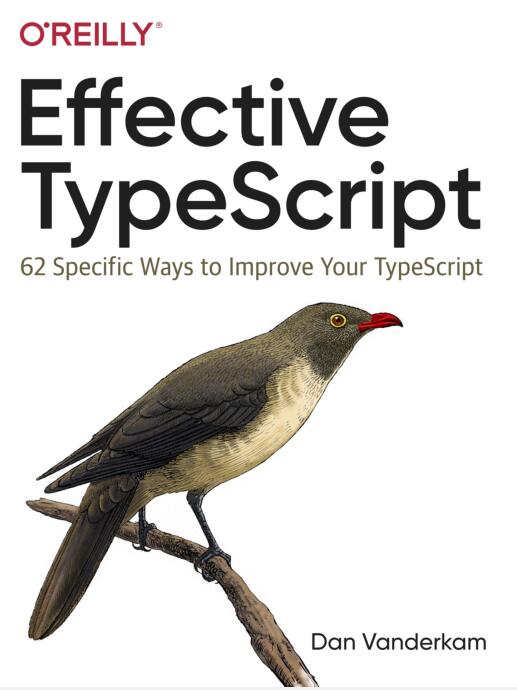
资料内容:
Conventions in TypeScript Code
Samples
All code samples are TypeScript except where it’s clear from context that
they are JSON, GraphQL, or some other language. Much of the experience
of using TypeScript involves interacting with your editor, which presents
some challenges in print. I’ve adopted a few conventions to make this work.
Most editors surface errors using squiggly underlines. To see the full error
message, you hover over the underlined text. To indicate an error in a code
sample, I put squiggles in a comment line under the place where the error
occurs:
let str = 'not a number';
let num: number = str;
// ~~~ Type 'string' is not assignable to type 'number'
I occasionally edit the error messages for clarity and brevity, but I never
remove an error. If you copy/paste a code sample into your editor, you
should get exactly the errors indicated, no more no less.
To draw attention to the lack of an error, I use // OK:
let str = 'not a number';
let num: number = str as any; // OK
You should be able to hover over a symbol in your editor to see what
TypeScript considers its type. To indicate this in text, I use a comment
starting with “type is”:
let v = {str: 'hello', num: 42}; // Type is { str: string; num: number; }
The type is for the first symbol on the line (v in this case) or for the result of
a function call:
'four score'.split(' '); // Type is string[]
This matches the type you’d see in your editor character for character. In the
case of function calls you may need to assign to a temporary variable to see
the type.
I will occasionally introduce no-op statements to indicate the type of a
variable on a specific line of code:
function foo(x: string|string[]) {
if (Array.isArray(x)) {
x; // Type is string[]
} else {
x; // Type is string
}
}

